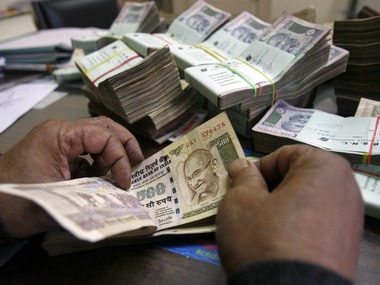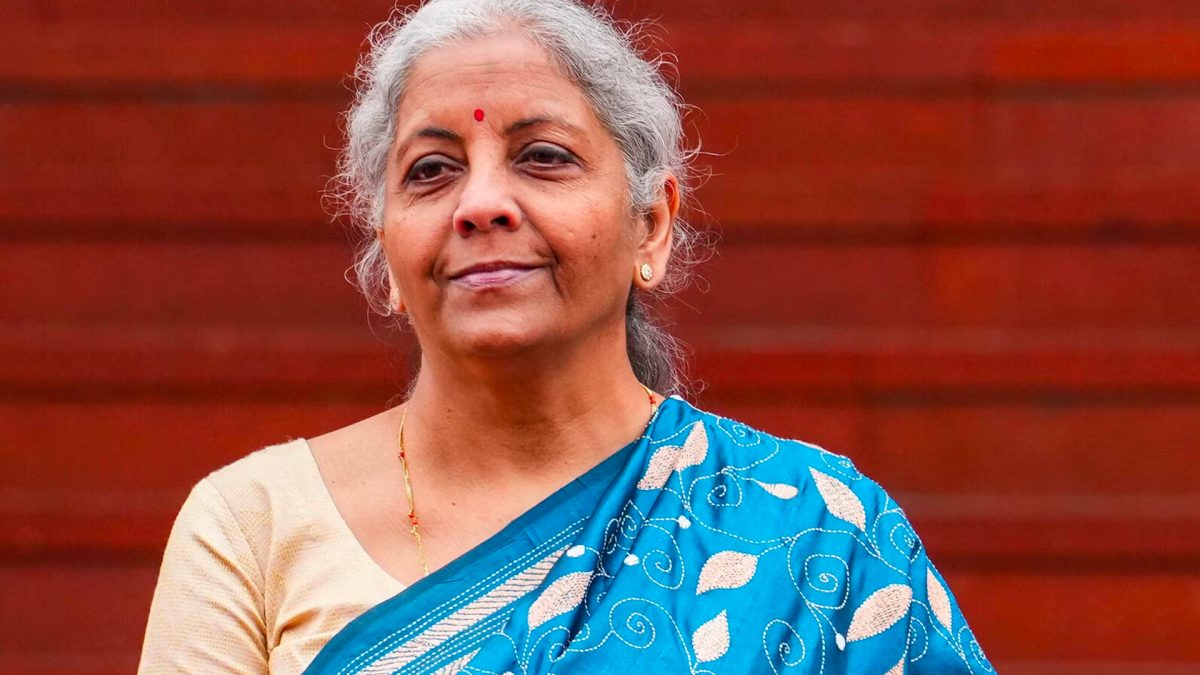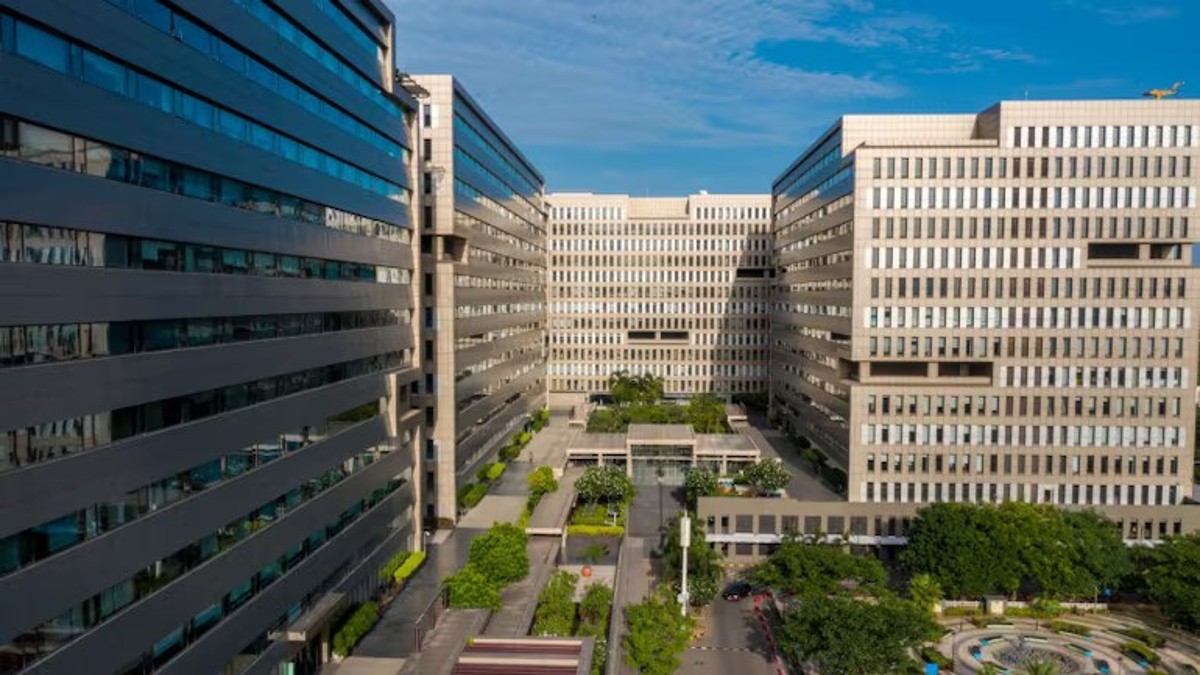The current crisis faced by lenders with respect to Zoom Developers, where over Rs 3,000 crore bank money is stuck, is a classic case that proves that Indian banks are sitting ducks when it comes to recovery of large-ticket loans. This also busts myth that collateral takes cover of the losses of banks in case of default by promoters. It isn’t just Zoom, there are Kingfishers, Winsome Diamonds and Deccan Chronicles and several others, where banks face similar crisis.
Bad loan wasn’t so bad a word for banks until a few years back as it is today. It was seen as something that happens in the due course of banking business. Bankers weren’t much perturbed on such assets citing the comfort of collateral against which loan is given. But, panic gripped the industry when stressed assets shot through the roof (now about 13 percent of total bank loans) even threatening to sink some of the lenders.
Today, banks are sitting on Rs 3 lakh crore bad loans and even bigger chunk of restructured loans. The government, which controls 70 percent of the banking system through state-run banks, is clueless how to tackle the problem. So is the banking regulator even with a powerful weapon of the ‘wilful defaulter tag’.
Zoom saga
Zoom’s Rs 3,000 crore worth loan dues became a non-performing asset (NPA) for a bank consortium of 24 banks led by Punjab National Bank (PNB), in the second half of 2010. Among the lenders, PNB has an exposure of Rs 410 crore as of December 2014, according to the bank’s website. The Indore-based company, engaged in contract works in areas of engineering and logistics, has operations worldwide in countries including Germany, France, Italy, UK and Scotland, the US, Canada, and Alaska.
In the latest development, the Enforcement Directorate (ED) has attached 1,280 acres of land of Zoom in the US. The land in California is worth Rs 1,000 crore. The ED action refers to the alleged fund diversion of bank money by Zoom’s promoter Vijay Choudhary in 2007 to purchase land in the US for about $40 million. At present, the land is valued at about Rs 1,000 crore.
Choudhary had used part of the bank money borrowed for realty projects in Europe. When no project was ever undertaken and the money was allegedly siphoned off, ED swung into action and arrested Sharad Kabra, one of the company directors last month. Choudhary is on the run. The case amounts to financial fraud since he used the bank funds for an unstated purpose, thus defrauding Indian banks.
Zoom initially cited the economic slowdown for its inability to pay back and later attempted a debt recast from banks. But, this was denied since banks weren’t satisfied about the promoter’s commitment to the recast and a foul play was suspected. Later, the loan was tagged as wilful default after banks detected financial irregularities in the end use of money. Several agencies began investigations on the company and the role of lenders, subsequently.
Unfortunately, chances for banks to get their money back from Zoom are very limited, at least in the foreseeable future. Even if the ED attaches the land, the auction and sale of the asset can take place after long legal procedures, since it doesn’t have jurisdiction powers in the US. For this, the ED needs to initially move an Indian Court and get a favourable order and then make a case in a US court.
If the US court too rules in favour of the attachment of the land, the ED then needs to float tenders and the entire process can take several long years. But the catch is Choudhary can fight the case in Indian courts and can prolong the process.
Speedy recovery is difficult for banks in such cases for following reasons:
One, under the current legal structure, courts often deny banks the rights over collateral when the loan is in default. For instance, in the case of Vijay Mallya-promoted Kingfisher airlines, where about Rs 7,000 crore money is at stake, banks haven’t managed to make any serious recovery yet, even after making a clear case of wilful default by the group in the end-use of money borrowed.
United Bank of India, one of the lenders to the company, had to withdraw even the wilful defaulter tag on Mallya after the liquor-baron managed to get a favourable order from the Kolkata High Court. Surprisingly, banks aren’t able to invoke the guarantees offered by United Breweries Holdings Ltd, guarantor to the Kingfisher loans, for vague reasons. Banks are visibly caught in legal hurdles here too.
Another example is State Bank of India’s loans to sugar mills in Uttar Pradesh. SBI has an exposure of Rs 3,000 crore to sugar mills. But an Allahabad High court order ruled in favour of the growers to have first right on the collateral and get their dues, before banks can lay their hands on the collateral. Even though SBI moved the Supreme Court against this order, the bank didn’t get any relief.
Two, banks often don’t get a fair deal in auctions. Banks typically auction the properties at a discounted price, but in the event of large-ticket defaults, banks often need to struggle to find a buyer since buyer has to deal with post-purchase problems such as dealing with various legal claims and local authorities.
Third, in big-size loans, the consortium of lenders is always not in agreement with respect to the sale of the asset and pricing. Without the approval from all banks in the consortium, the sale cannot happen. This process takes many years some time. By then the value of asset would have eroded sharply.
The effective solution to tackle this problem is to enact a strong bankruptcy law in the country, which allows banks to recover their money from the defaulted company quickly, without getting dragged in court rooms. At present, India doesn’t have an effective bankruptcy law on the lines of Chapter 11 US bankruptcy code. Such a law would provide an option for the company itself to come forward and seek shelter of banks to work out a solution.
Finance minister Arun Jaitley announced about the plan to legislate a bankruptcy law in his budget speech, but there hasn’t been any major progress on this so far. Jaitley should hurry on this. It is critical for the recovery of bank loans in many similar cases. For now, they are sitting ducks for such predators.


)




)
)
)
)
)
)
)
)